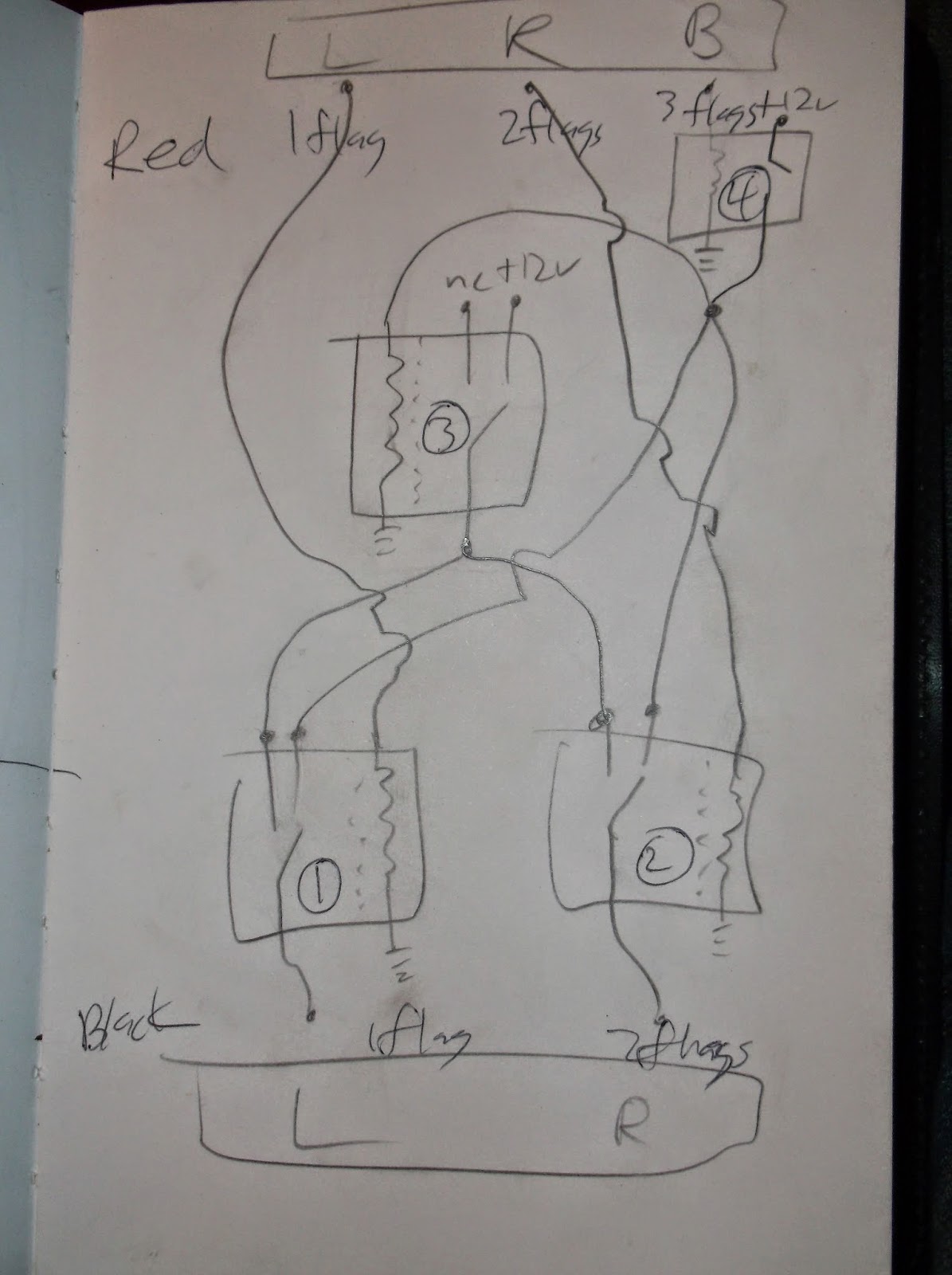I recently picked up a hitch receiver for cheap off craigslist for my 940 with the intention of using it for a bike rack. However I figured I might as well wire up a trailer lighting connector in case I wanted to rent a uhaul. Buying the common 4-pin connector is cheap and hooking it up is pretty simple, except I needed to convert from 5 wire (ground, taillights, brake lights, left turn and right turn) to 4 wire (ground, taillights, combined left turn and brake, combined right turn and brake). European cars usually have separate turn and brake lights, which needs to be adapted to the combined turn and brake lights used on trailers. You can buy adapters that do this but they're kinda expensive ($20+) and draw their current from your car's taillight wiring, which can overload them if your trailer doesn't have led lights. You can add isolation relay to draw power from a separate 12v source but that adds more cost onto the lighting adapter itself.
Instead, I built my own trailer adapter using relays that adapts the wiring and provides relay isolation. It requires 5 relays which I purchased from amazon for about $15 including sockets. These are cheap chinese relays, but quality relays cost $15+ each and are unnecessary considering how infrequently I will be using these, if ever. Above is the wiring diagram, which doesn't show the taillight relay. The taillight relay is wired up very simply, with the taillight bulb wire going into the coil and the NO output going to the trailer connector. The rest of the wiring follows the diagram, +12v goes to a fused 12v line running directly to the battery. I fused it at 10 amps which may be higher than necessary but I used wiring that can handle more than 10 amps. Ground should either go to a bolt going into the sheet metal or the grounding bus the lights attach to. As far as tapping into the lights themselves, I used test light (multimeter would work too) to find out which wires were which lights and tapped in at the rear light cluster. If you just hook in directly it will set off the bulb failure relay, but you can compensate for this by adding a resistor equal to the coil of the relay to the bulb on the opposite side of the car. Because the relays are in sockets I remove them all when I'm not towing because I want to extend the life of the relays (chinese relays don't last long under constant use) and because I didn't bother to add the resistors to turn off the bulb failure light.

No comments:
Post a Comment